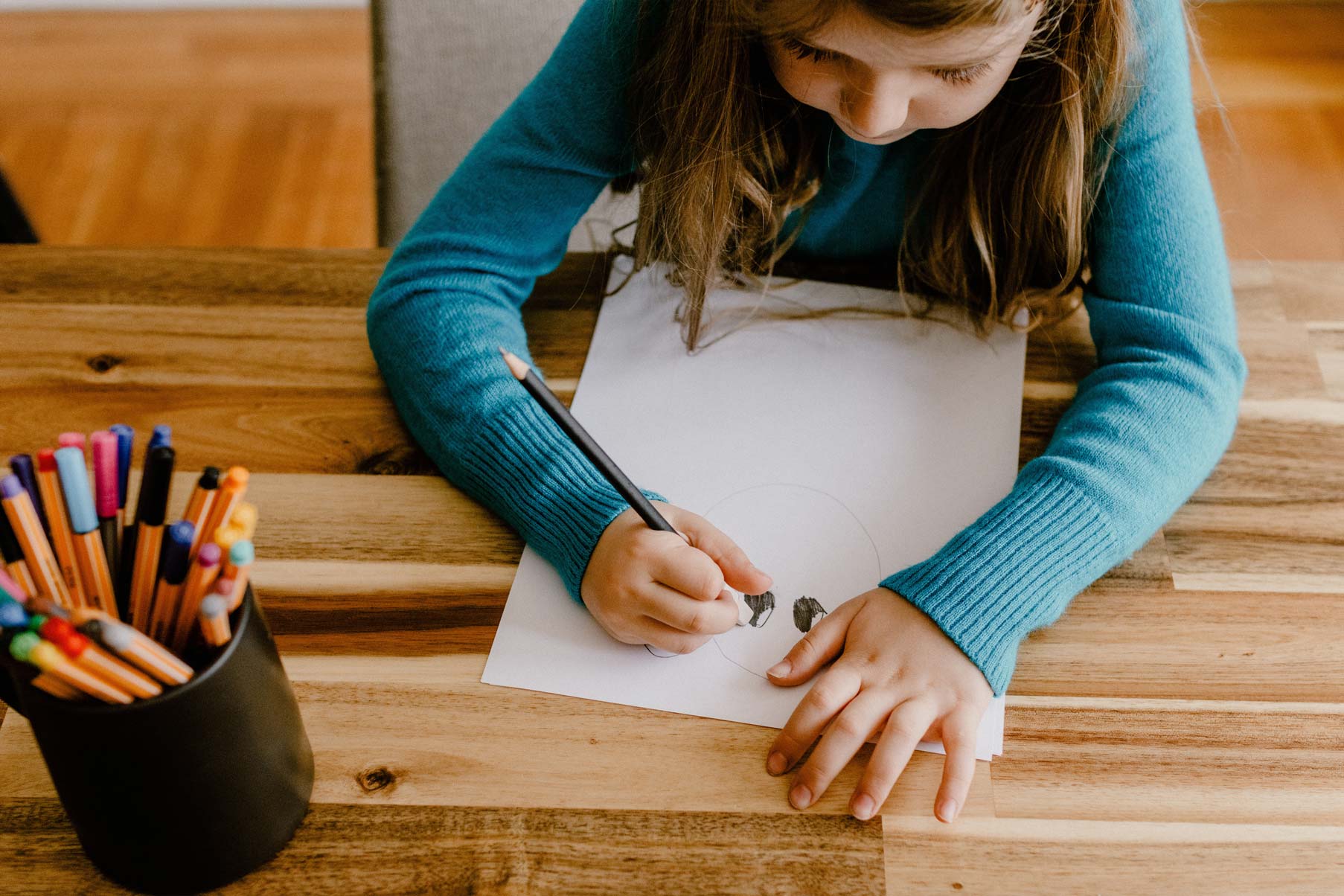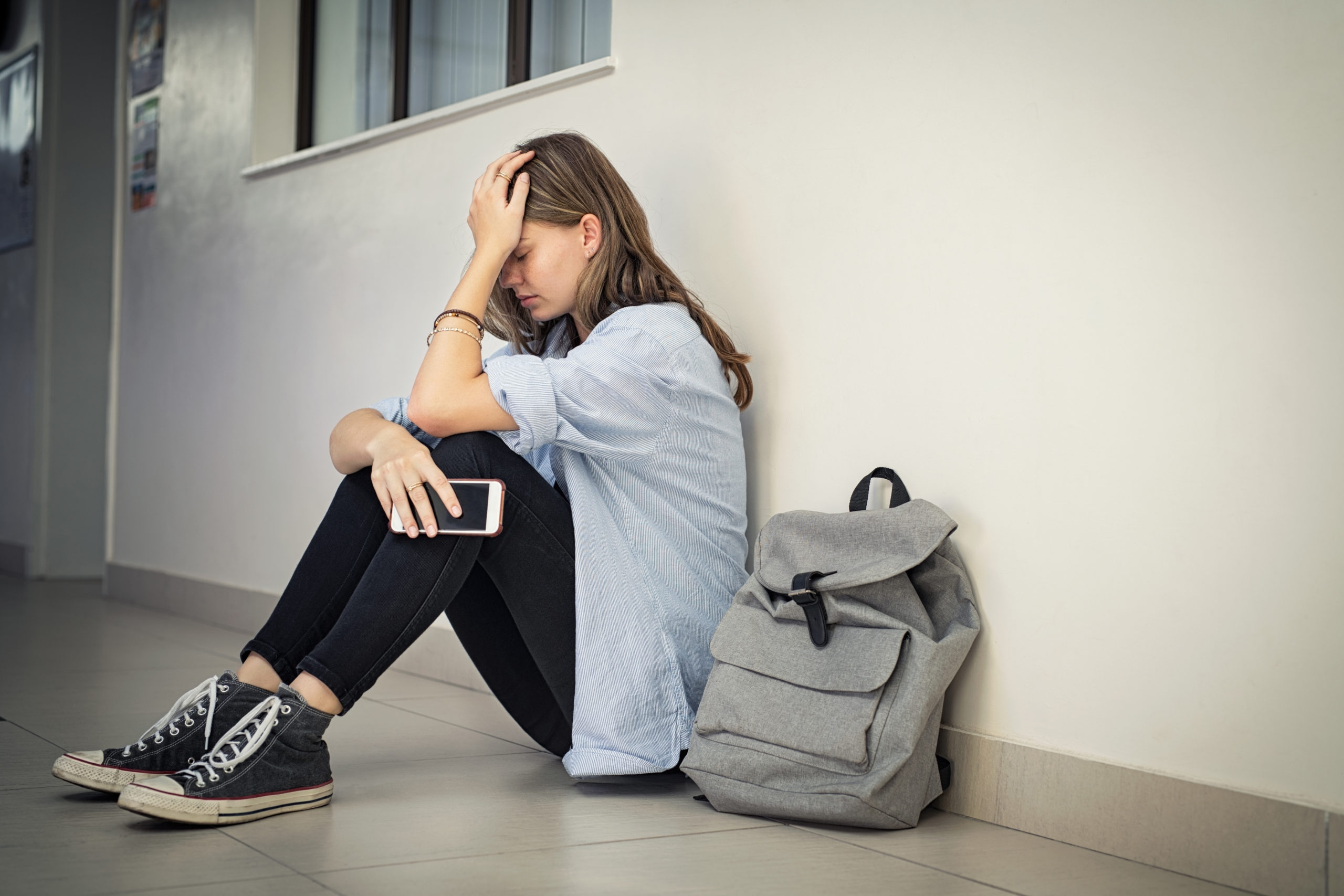

Why does STEER track and improve student self-regulation?
STEER Tracking measures a young person’s ability to self-regulate. So what is self-regulation and why is it important to a young person’s social-emotional wellbeing and mental health?
Key ideas
Self- Disclosure: Explained 3 minute YouTube video
Trust of Self: Explained 3 minute YouTube video
Trust of Others: Explained 3 minute YouTube video
Seeking Change: Explained 3 minute YouTube video
Find out more STEER’s other research on self-regulation
From self-esteem to self-regulation
Researchers began studying self-regulation in the early 1990s. This came off the back of US state programmes in the 1980s to raise self-esteem in deprived populations, in the belief that criminality was largely driven by poor self-esteem. When these efforts failed, psychologists such as Roy Baumeister in the US began to look for other factors which drive positive and negative social-emotional behaviour. Self-regulation was one of them, and it has since become an influential model.
Self-regulation differs from self-esteem in being an inter-personal rather than individual model of behaviour. Our capacity to self-regulate is driven by our desire, and need, to belong in a group. Therefore, we have developed ways to limit, or restrain our impulses, for wider group goals. By contrast, models of self-esteem look at behaviour in terms of an individual’s intrinsic sense of self-worth.
It was another psychologist, Albert Bandura who first suggested that “humans are able to control their behavior through a process known as self-regulation.” The core idea of self-regulation is that the brain has the ability to exert conscious control over what it pays attention to and how it responds to the situation around it. This is true of both of mental but also emotional responses.
Roy Baumeister demonstrated that the amount of self-regulatory control we can exercise is like a muscle which can be strengthened and trained. Angela Duckworth, another US psychologist, went on to describe this as developing grit and suggested such grit had positive traits such as tenacity, perseverance and optimism.
However, Baumeister also showed that when used in excess, our self-regulatory power gets depleted and used up- it requires effortful control which we can’t keep up.
What makes people dysregulate?
When people are unable to exercise self-regulatory control any more, they dysregulate. A common trigger for dysregulation is sustained strain. Demanding work which requires over-focus, or hypervigilance in the face of threat, or social-monitoring in response to a complex environment; these can all be factors that deplete our self-regulatory capacity. Sudden dysregulation accounts for why some high performing professionals or students can suddenly plunge into a depression, develop toxic deflective behaviours such as substance abuse, or simply burn out.
Researchers also showed that the ability to self-regulate is affected by the environment you are in. By contrast, to IQ which is a stable ability, the ability to self-regulate is affected by the environment you are in. Much like the ability to drive a car, to use an analogy, it is affected by the social-emotional road and weather conditions; the behaviour of other road users; the quality of signposts and how tired and depleted the driver is.
As they drive along the social-emotional road, people can be dysregulated by two things: events they face ( for example, rapid change, losses, bereavements, set backs, illnesses, redundancies, break ups etc) and the contexts they are in (for example, stressful environments, deprivation, threatening people, relationships or circumstances).
Self-regulation can also be collective. Studies done by STEER have shown that close-knit groups of students have less varied self-regulation (compared to each other) than those in looser affiliations. This group effect can sometimes improve collective self-regulation (bringing out better behaviours in others), but may also reduce it (bringing out worse behaviours).
The importance of self-regulation in education
Since the 1990s many studies have shown that childhood and education are vital in the development of self-regulation. Moreover, the ability to develop healthy self-regulation underpins long-term mental health, social competencies and academic progress.
In the US, the concept of social-emotional literacy, or SEL, is now an almost universally accepted component of the education system. SEL curricula and policies are now interwoven into the teaching and structure of school from P-12.
The CASEL organisation defines SEL in terms of 5 core competencies. These are built around components of healthy emotional literacy and self-regulation: self-awareness, self-management, social awareness, relationship skills and responsible decision making.
In the UK, the Education Endowment Foundation (EEF), has calibrated the contribution that improving self-regulation makes to academic progress vs its cost, ranking it as one of the most effective and efficient methods of accelerating learning. More broadly, self-regulation is seen as overlapping with two other fields of research: executive function and metacognition. Both describe ways in which the brain establishes executive control, choice and agency over its deployment of cognitive resources.
Perhaps most significantly, school provides young people with a particular kind of road that they drive onto each morning. Students’ ability to self-regulate on the school road, may be different than off it. It maybe better or worse, depending on the kind of messages, signposts and culture of the school.
All educators hope for their school to be a place where children thrive; when they do so, they are hoping that their school is a kind of road on which students learn to self-regulate better on than off it. In other words, the degree to which a school improves a child’s ability to self-regulate is a measure of the impact that environment is having on their future wellbeing.
2010 The STEER mission to improve young people’s self-regulation
In 2010 the founders of STEER Dr Simon and Dr Jo Walker believed that improving self-regulation was one of the most strategic investments a society could make in both its education and mental health system.
Because every student is at a different self-regulatory development point, a one-size fits all approach to training self-regulation doesn’t work. For example, a 16 year old who already exerts strong self-regulatory control won’t be helped by more training to exert more effortful control. In fact, that may be unhelpful, triggering over-regulation and potential burn out. Children need a more tailored response, in which their current self-regulation is measured, their next step to develop it further is identified, and their progress toward it measured.
In other words, a pastoral approach equivalent to academic tracking and formative assessment.
2010-17 Developing a dashboard of student self-regulatory progress
For any dashboard you have to decide what data to measure and track. STEER’s founders completed doctoral studies in this period to develop the most useful data model of adolescent self-regulatory progress. They selected to focus on four factors which had strong empirical and theoretical basis. as contributing to a young person’s self-regulation:
-
Self- Disclosure: How visible we make our thoughts, ideas, opinions, and feelings to others.
-
Trust of Self: How much we trust or question our own qualities, skills, ideas and opinions
-
Trust of Others: How much we trust or question other’s qualities, skills, ideas and opinions
-
Seeking Change: How much we seek or limit change
STEER chose to limit their model to four factors in order to be simple to teach to teachers and students. STEER’s advanced algorithms which look at interactions between the four factors, increase it’s complexity to higher levels as required for analysis.
2014 A self-regulatory steering wheel
STEER’s model was that young people have a social-emotional steering wheel regulating each of these four factors. Like driving a car on a road, there are times when they need to steer to the right or the left: to become higher self-disclosing, for example, or lower. Healthy steering gives young people the ability to make wise choices as we navigate through the day, the week, the year. Healthy steering also gives us the ability to navigate the road both at school and at home.
STEER was able to show through a series of large studies between 2012-2015 involving several thousand 8-18 year old UK school students, that young people who developed biases in their steering- and particularly biases which were fixed- were linked to higher risks of other known wellbeing concerns. Risks of fixed biases included, for example, being bullied, being at risk of self-harm and anxiety / not coping with pressure.
Developing a fixed bias is like driving in a car whose steering always veers off to the right or left. There is a higher risk of socially-emotionally crashing. The crash itself (for example, developing an eating disorder, self-harming, becoming depressed or anxious) may not yet have occurred, but the bias in their thinking which leads to it has emerged.
If you can detect students whose steering is developing a bias, you can act earlier to signpost that student back onto the social-emotional road and reduce the number who would otherwise go on to crash.
2014-16 Measuring student’s self-regulatory biases
STEER then created a method to measure how each student is regulating the four factors and to detect emerging biases. Rather than ask candidates to answer how they thought they regulated each of the four factors (which tends to produce poor quality results with a high level of faking), STEER developed an assessment which measured how students were actually self-regulating those four factors in response to a set of imagined scenarios or triggers.
This meant that student’s couldn’t readily fake what was being inferred from their answers- as evidenced by the 82% fit which STEER demonstrated in a study of 2,500 students between steering scores and previously known wellbeing risks.
By making the assessment short (10 minutes), fun, engaging and difficult to fake, STEER enabled schools to repeat the assessment on a termly schedule without the quality of data declining.
As a result schools could track how each of their students was developing healthy self-regulation three times/ year, and build up a tracking journey of every single child’s needs. As a result, schools were now able to not just identify students developing fixed biases, but also by comparing a student’s current scores to their previous the moments when a student who had been self-regulating healthily suddenly might have dysregulated. In many cases that dysregulation was subsequently found to have been triggered by an external event- a family breakdown, tragedy, disruption, illness- or STEER reported in February 2022, by the experience of the pandemic, lockdowns and school closures.
STEER schools now has more than six years of tracking data, the longest social-emotional student dataset in existence in the UK. It was this data that enabled STEER to measure and report on the objective impact of the pandemic on student self-regulation and mental health risks, as it unfolded from 2020-2022, compared to pre pandemic trends.
STEER successfully built the tracking dashboard for schools of student self-regulatory progress. The next task was the equip teachers to use the data to improve student’s self-regulation.
2015-17 Training teachers to signpost the road
STEER then built online training into the dashboard to teach teachers to understand the data and apply the four factors of self-regulation to their practice as teachers.
Teachers create the roads, and control the traffic signals, signposts and messages that give students the opportunity to develop healthy self-regulation. As a result they have the ability to influence the steering of students who need help to improve their steering biases.
For example, teachers can create activities which decrease students’ high self-disclosure; or activities which can increase too low Trust of Self and so on.
STEER developed a bank of over 2,000 such targeted activities for the classroom, assemblies and 1:1 tutors.
2017-20 Equipping teachers with specific activities targeted for each student or group
STEER then built a dashboard to display to teachers how each of their students were self-regulating term by term, semester by semester. The dashboard uses algorithms to select specific, targeted activities, message and strategies that will be best suited to support a year group, cohort or individual student.
Teachers compose an action plan from the recommended strategies, circulate them to relevant colleagues so that all involved followed the same approach, and put them into practice in the coming weeks.
Four months later, at the next STEER assessment round, schools learn how effective their action plans had been in improving their students’ self-regulation.
Schools can evidence progress and focus their resources further on what was working, or target new emerging vulnerable trends.
Results over six years show that, on average, 8/10 students improve their self-regulation when supported by such a targeted action plan. This enables teachers to share their practice with others, as well as for schools to provide objective reports to governors and inspectors about their wellbeing progress.
2020-22 Equipping students to take the wheel
The final step was to link personal tracking data and training to each individual student them self. STEER built a range of tools to do this from the age of 8 upwards, including an SEL curriculum Footprints, which explained the four factors in terms of four different weights of footprint you can leave.
At the age of 15, students use an online programme Take the Wheel, to obtain their own personal steering records, and learn about their own biases, choices and impacts.
Finally, the USTEER app gives 16-18 year olds a powerful tool to train themselves to develop key workplace soft skills of grit, agency and agility by mastering their own four biases.
Why STEER’s mission matters
The UK is one of many countries overwhelmed with mental health challenges, made worse by the pandemic. The lifetime costs of adolescent mental health problems are enormous. The problem cannot be addressed simply by increasing the number of specialist mental health services.
Schools provide the best context and opportunity to identify, target and improve mental health. Improving self-regulation is one of the best evidenced methods of doing this. STEER’s whole-school approach ensures that every single young person’s self-regulation can be tracked and improved as they develop from the age of 8 to 18. This offers a systemic, strategic, programmatic and standardised approach to a public health challenge.
Ultimately, STEER believes this health challenge can only be met by equipping young people themselves to become owners of their own self-regulatory journey.
At the same time, it provides an opportunity for our education systems to refocus away from purely narrow academic outcomes, toward their contribution to a child’s whole person development.
Find out more
Self- Disclosure: Explained
Trust of Self: Explained
Trust of Others: Explained
Seeking Change: Explained
How the factors combine
STEER’s other research on self-regulation






